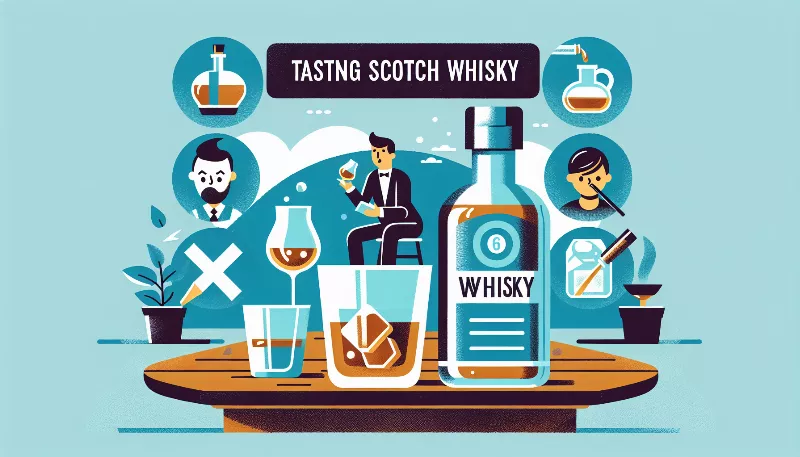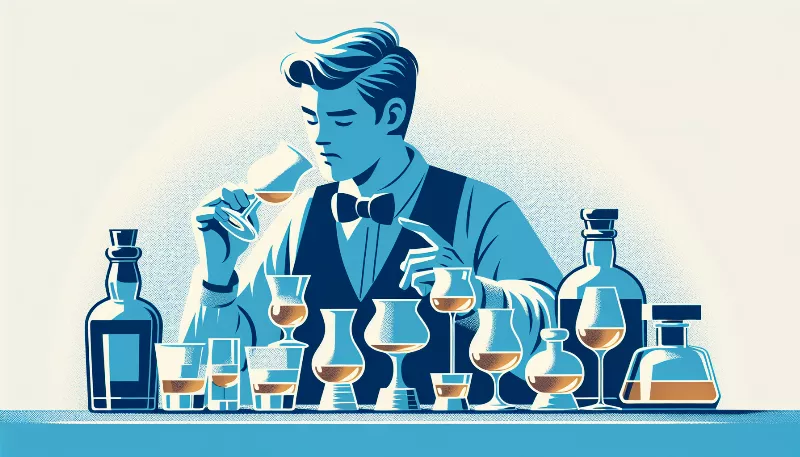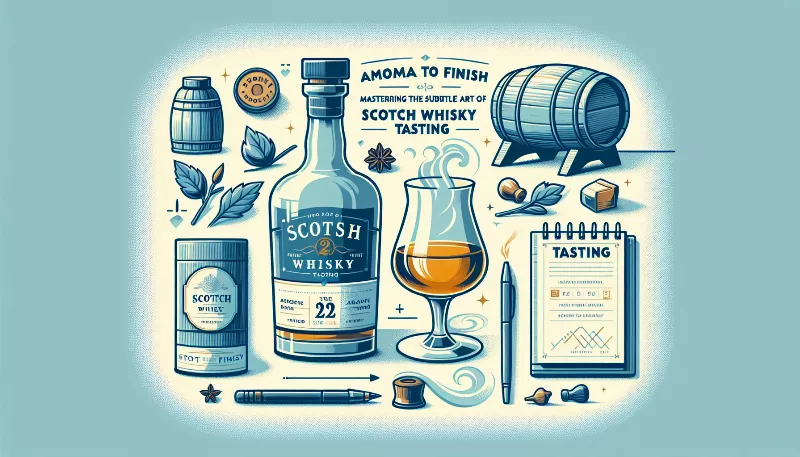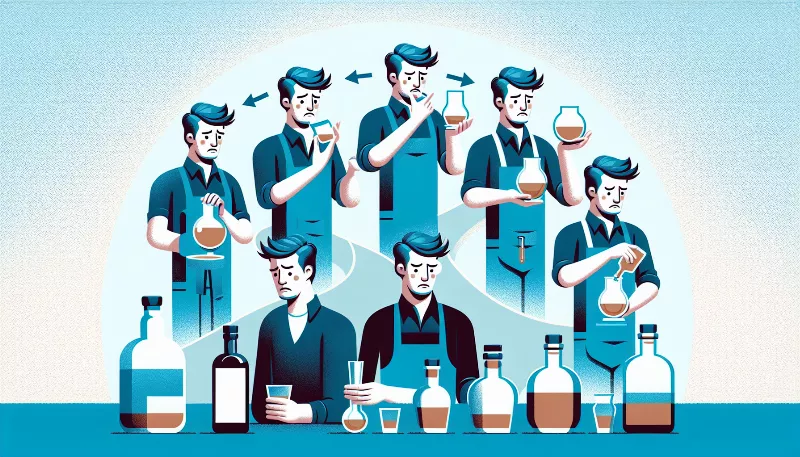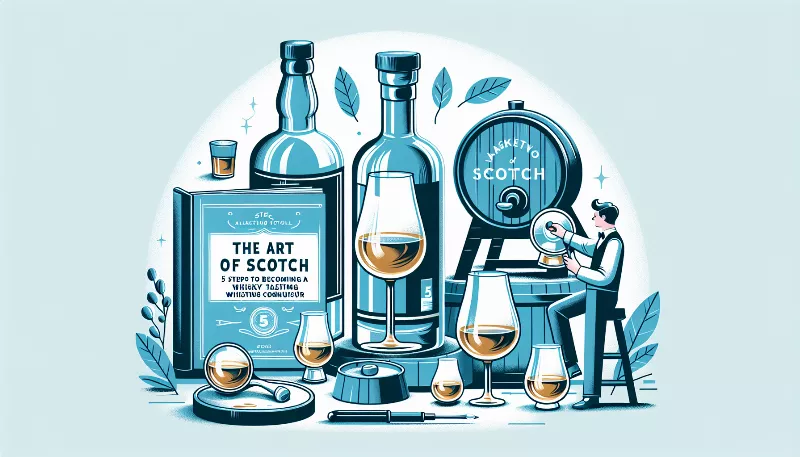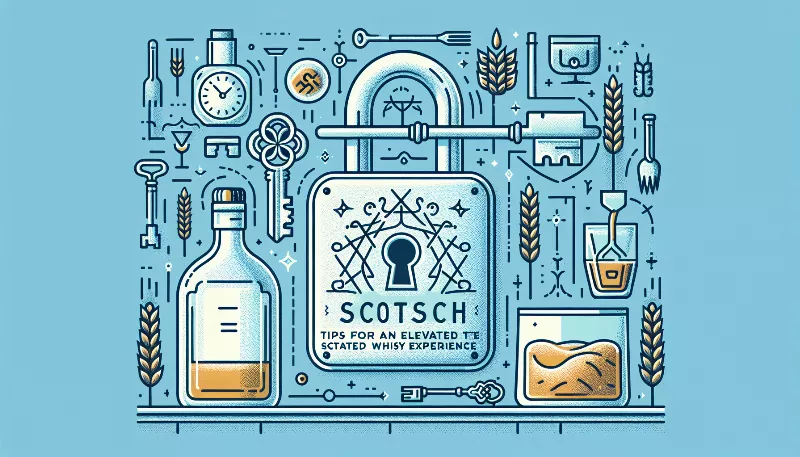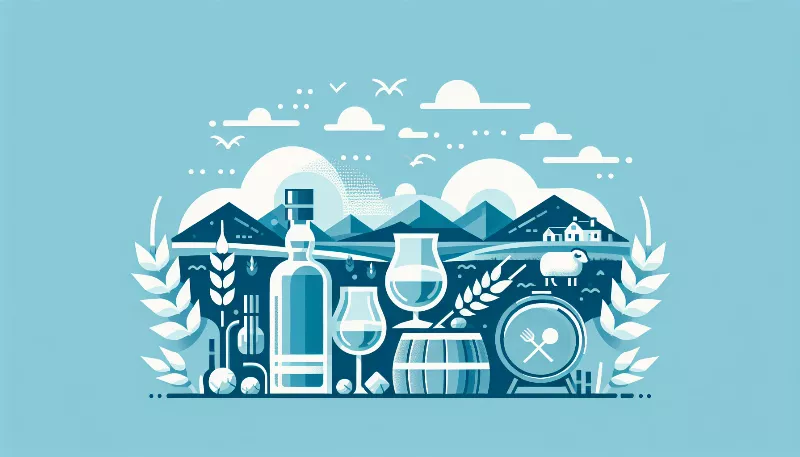From Grain to Glass: The Art of Crafting Scotch Whisky
Discover the journey of Scotch whisky, from selecting fine grains to the delicate art of distillation and aging. Savor the craft in every glass.
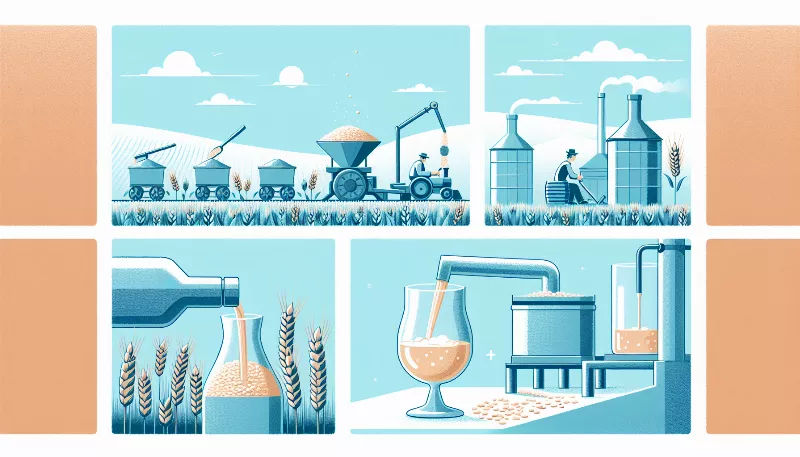
From Grain to Glass: The Art of Crafting Scotch Whisky
Embark on a spirited journey through the rolling hills and misty glens of Scotland, where the ancient art of distilling transforms simple grains into the liquid gold known as Scotch whisky. This time-honored process is steeped in tradition, precision, and passion, resulting in a drink that's revered around the globe. Let's raise a glass to the meticulous craft of creating Scotch whisky, from its humble grain beginnings to the final, satisfying sip.
The Birth of the Barley
The story of Scotch begins with barley, the cereal grain that serves as the soul of the whisky. Scottish fields, kissed by rain and nurtured by the temperate climate, yield the perfect barley for malting—a process where the grain is soaked, germinated, and then dried to convert starches into fermentable sugars. This crucial step imparts distinct flavors and sets the stage for fermentation.
The Heart of Fermentation
Once malted, the barley is ground into grist and mixed with warm water in a mash tun. This mash releases the sugars, creating a sweet liquid known as wort. The wort is then transferred to fermentation vessels, usually made of Oregon pine or stainless steel, where yeast is added. Over the course of several days, the yeast feasts on the sugars, producing alcohol and a rich array of flavors. This frothy brew, now called 'wash,' is essentially a strong beer, ready for distillation.
The Alchemy of Distillation
Distillation is where the magic happens. Scotch whisky is typically distilled twice in copper pot stills, which conduct heat efficiently and remove sulfurous compounds. The wash is heated until the alcohol vapors rise, condense, and are collected. The first distillation, known as the 'wash distillation,' separates the alcohol from the wash. The second, the 'spirit distillation,' refines the liquid into 'new make spirit,' the clear, potent precursor to whisky. Only the 'heart' cut of this distillation is used, ensuring a smooth and flavorful spirit.
Aging to Perfection
The new make spirit is then ready for aging. By law, Scotch whisky must mature in oak casks for at least three years, but many distilleries age their whisky for much longer. During this time, the spirit develops depth, character, and color as it interacts with the wood. The type of cask—be it American bourbon, Spanish sherry, or French wine—further influences the whisky's final taste profile, adding layers of complexity.
The Finishing Touch
After maturation, the whisky may be bottled as a single malt, representing the pure expression of a single distillery, or blended with other malts and grains to create a harmonious blend. Master blenders skillfully combine different aged whiskies, balancing flavors to achieve a consistent and desired profile. The result is a symphony of aromas and tastes that encapsulate the essence of Scotland.
The Joy of Tasting
Finally, the moment of truth arrives. Tasting Scotch whisky is an experience to savor. Whether you prefer it neat, with a drop of water, or on the rocks, each sip should be a voyage through the notes of peat, heather, fruit, and wood spice that define this storied spirit. So, let us toast to the artisans who craft this magnificent beverage and to the land that gives it life. Slàinte mhath!

